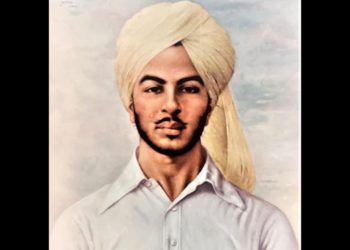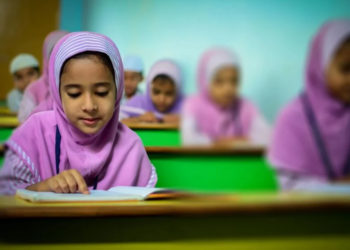As the years pass under the current regime, life for Dalits gets more difficult. The biggest setback this year for Dalits and Adivasis was the scrapping of the Scheduled Castes Sub Plan (SCSP) and Tribal Sub Plan (TSP) in the Union Budget 2017.
These Special Component Plans, introduced in the 1970s, was to allocate funds for the developmental schemes and programmes for the Scheduled Castes and the Scheduled Tribes. According to the SCSP and TSP, funds were allocated in proportion to their population sizes. These were introduced so as to catch up with the rest of society in the so-called developmental race.
This year’s budget not only discontinued this process but also the allocated funds were way below the mandated proportions. According to NCDHR, Rs 91,386 crores and Rs 47,276 crores were the amounts to be allocated for Dalits and Adivasis, respectively, but the current allocations for this year were only 55% for the Dalits (Rs 52,393 crore) and 66.5% for the adivasis (Rs. 31,920 crore).
Education for Dalits is an important aspect. In the age group of 6-14 years, 81% of Dalit children drop out of school, and in the 15-19 age group about 60% of Dalit students drop out. And yet the Pre-Matric scholarships for the SC students, a major incentive to arrest the drop-out rates, saw a reduction in the budget allotment from Rs 510 crore in the last budget to a mere Rs 50 crore for this year.
Whenever Dalits asserted themselves, there were severe backlashes. This was precisely what conspired in western Uttar Pradesh. On 5 May 2017, the Dalits of Shabbirpur in Saharanpur district were attacked and more than 55 Dalit houses were burnt down. The crime of the Dalits was that they wanted to install a statue of Dr Ambedkar in the compound of the Ravidas Temple which belongs to the their community on 14 April this year. The state administration did not give permission for that.
So, on 5 May, a procession of the Thakurs passing through the neighbouring village for installing the statue of Rana Pratap was mobilised saying that the Dalits had insulted Thakurs, and on that pretext they came and attacked the Dalits.
Against this atrocity, an organisation called the Bhim Army led by Chandra Shekar Ravan protested. On the pretext of preventing violence, all the main members of Bhim Army were arrested and put behind bars. Protests across the country were taken out against the atrocity and the arrest of Bhim Army members, but the administration has done nothing to uphold justice.
On the same date (5 May 2017) in Andhra Pradesh, 400 Dalit families were socially boycotted in Garagaparru Village, West Godavari district. Their only demand was that a statue of Dr BR Ambedkar be installed in the area where the statutes of other national leaders were erected. For that the caste Hindus passed a diktat in the village to not give any employment to people of the community and cut off all ties with them. A fine of Rs 1,000 was imposed if anyone violated the sanctions. This news mobilised people both in Telangana and Andhra Pradesh to demand justice but the demands of the people have not been met.
Another form of discrimination Dalits continue to face is that of the sanitation workers, who are mostly Dalits. This year nearly 130 workers were killed in the sewers of this country. These deaths are preventable but no serious efforts were taken. The government spent thousands of crores on the Swachh Bharat Abhiyan (Clean India Program) but there was no attempt at involving the use of technology to prevent these deaths.
In educational institutions, discrimination against Dalits went unchallenged in spite of a stiff resistance that was built in the aftermath of the institutional murder of Rohit Vemula in 2016. No measures were taken to prevent discrimination and suicides of students. In JNU alone, two research students – Muthu Krishna and Ghanshyam Das – from the Dalit community lost their lives this year because of lack of institutional support for students who are in distress.
In spite of the attacks, Dalits in their own way have been organizing and protesting against the atrocities. People came on the streets demanding justice for the victims and fought oppressive social structures to get justice. Kausalya is a shining example who fought for justice for her husband Shankar, a Dalit. He was murdered by her family members. She deposed before the court against the members involved that led to punishment of the culprits. She has resolved to fight for couples who go against caste structures and marry.





